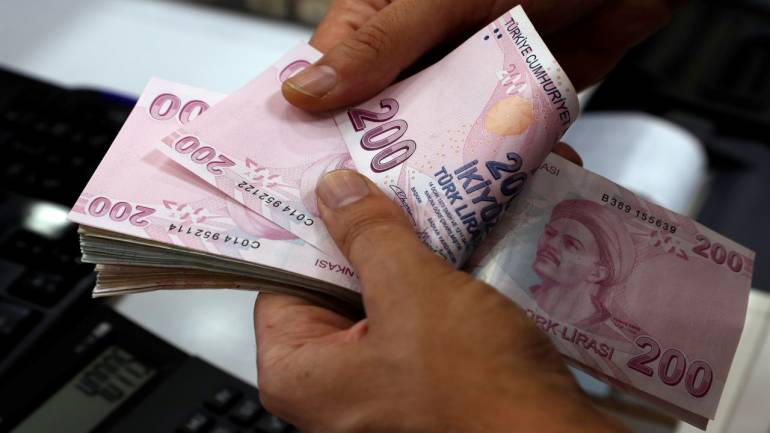The US Dollar – Swiss Franc exchange rate is a currency pair that is favoured amongst veteran traders and newcomers alike. The two currencies of the USD/CHF pair are the US Dollar and the Swiss Franc. The US Dollar was first brought in by the US Congress as the local currency in 1792. It is the most widely used currency in the world, and it is regarded as an unofficial reserve currency of the world. On the other hand, during the 1700s, Switzerland had a large number of different coins in circulation, including various foreign currencies. After that, the Swiss franc was introduced as a single monetary unit across the country. It has an interesting history as it was first issued in 1850, and again between 1865 and the 1920s, when Switzerland was part of the Latin Monetary Union alongside Italy, Belgium and France, whose currencies were all pegged to silver. However, the currency became part of the Bretton Woods System, which was formulated after the Second World War and collapsed in 1974, amid excessive imbalances. Switzerland continued to peg its currency to gold until this was changed by a referendum in 2000.
The Swiss Franc is considered a safe-haven currency, just like the US dollar and the Japanese Yen, and it also happens to gain traction during uncertain events. The safe-haven status of the CHF was earned by the sound political and economic management policies of the country. Switzerland is a neutral country and has no political rivalry with other countries, as no armed confrontation has been reported since 1815.
The prudent public finance policies, active trade balances, and absence of financial repression have also increased the safe-haven asset requirements of the Swiss Franc. The CHF is considered as a stable and robust currency, because of Switzerland’s political neutrality. The USD/CHF pair is negatively correlated with the safe-haven appeal in the market. During 2007-2009, in the time of the Great Recession, the CHF strengthened against all major currencies.
Current USD/CHF Price: $
USD/CHF– Historical Price Charts and Data
USD/CHF Historical Price Data
| Date | Price | Open | High | Low | Change % |
|---|
Monthly Change
| Date | Price | Open | High | Low | Change % |
|---|
Factors affecting USD/CHF prices:
The Swiss National Bank:
The USD/CHF currency pair is greatly affected by the central bank of Switzerland, the Swiss National Bank (SNB). The policy rate decisions and key announcements from the SNB provide significant price movements in the USD/CHF pair, for example, the surprise announcement of the removal of the EUR/CHF peg in 2015. The SNB also releases the quarterly rate decisions along with the rate statements providing the details of short and long-term monetary policies. These releases from the SNB also have a major impact on the USD/CHF pair.
The US Federal Reserve:
The US Central Bank, commonly known as the Federal Reserve, also has a significant impact on USD/CHF prices. The rate decisions and the rate statements that are issued 8 times a year have a significant influence on the movements of the US Dollar.
US Bureau of Labor Statistics:
The USD/CHF pair is also a data-sensitive currency pair, like all major currencies. The US dollar is highly affected by the employment numbers, particularly by the release of Non-Farm Payrolls (NFP) data, which is issued by the US Bureau of Labor Statistics.
Swiss Federal Statistical Office:
The official statistical observations in Switzerland are released by the Federal Statistical Office (FSO). The key data areas include the economy, population and environment. The reports related to Business Census, Swiss Earning Structure, National Consumer Price Index and Swiss Labour Force, are monitored by market traders. The above-mentioned reports have a great influence on the prices of both the CHF and the USD/CHF.
Cross Exchange Rate:
Due to its safe-haven nature, the USD/CHF pair is negatively correlated to the riskier currency pairs, like the EUR/USD and the GBP/USD. This means that a decline in both the EUR/USD and GBP/USD pairs can cause a surge in the USD/CHF pair prices and vice versa. This is also due to the positive correlation between the EUR, the GBP and the CHF.



